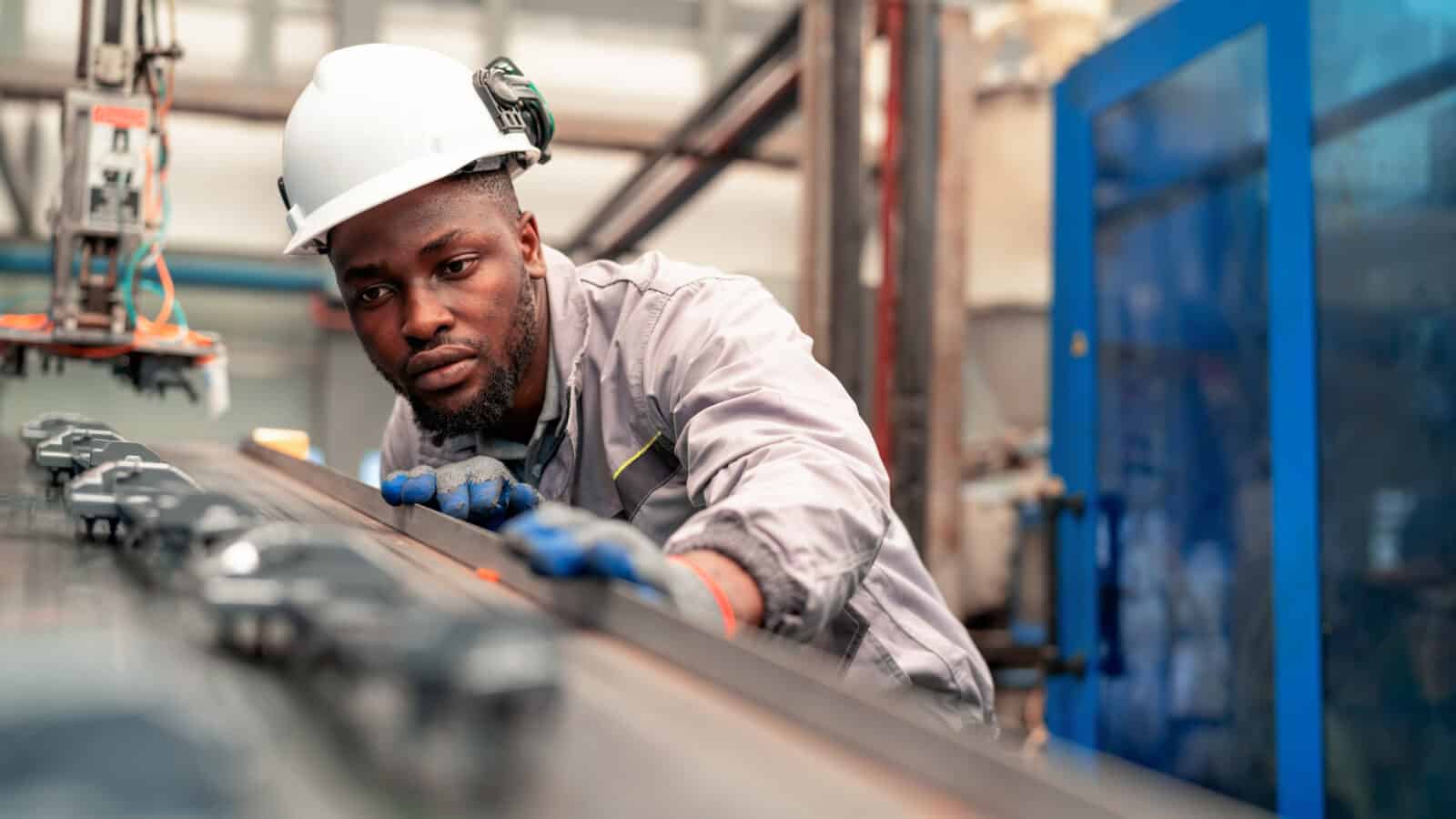NAM Talks Tax, Trade, Workforce and AI with the Financial Times

Manufacturing in the U.S. is seeing major benefits from the Trump administration’s tax and regulatory policies—but more must be done to unlock a manufacturing investment boom, NAM Managing Vice President of Policy Charles Crain said at the recent Financial Times–Nikkei Investing in America Summit.
What’s going on: The tax bill’s pro-manufacturing policies—including immediate expensing for factory construction, capital equipment purchases and research spending—“set the stage for manufacturing growth and investment here in the United States,” Crain told FT Economics Editor Claire Jones.
- The 2017 Tax Cuts and Jobs Act was, in the president’s words, “rocket fuel” for manufacturing, Crain continued, and this year’s tax bill, preserving and expanding the TCJA, should have a similar effect on the industry.
- But “the question is … what impact do other policies have? Do they set a cap on the ‘rocket fuel’ that the tax and regulatory agenda should create? Or do they further unleash manufacturing investment and growth?”
- Crain noted that there are still significant opportunities on the table for Congress and the administration: comprehensive permitting reform to “get shovels in the ground” on critical projects, workforce solutions to reskill the manufacturing workforce and fill the industry’s 400,000 open jobs and commonsense trade policies to ensure manufacturers can make things in America and sell them abroad.
Aligning trade and tax policies: At maximum production capacity, the U.S. can make approximately 84% of the inputs needed for manufacturers to make things domestically, Crain said, and the economy currently produces about 67% of necessary inputs.
- Manufacturers must “have access to the inputs they need,” including both raw materials as well as equipment and machinery that are often “specialized for the modern manufacturing economy” and only available outside the U.S.
- Crain highlighted the variety of manufacturing investment announcements driven by the president’s tax and regulatory agenda, but noted that some manufacturers have been unable to import specialized machinery necessary to get those investments off the ground.
- He added that the NAM has been urging the administration “to ensure that trade policies align with the tax and regulatory policies that drive our industry’s growth here in the U.S.”
Immigration and workforce: Manufacturing in America requires a highly skilled labor pool, so the sector supports the use of H-1B visas, which Crain called “critically important to the industry.”
- The industry also needs what Crain called “manufacturing-skilled talent,” in important occupations such as technicians, welders, machinists and electricians. He noted the industry’s efforts to build a domestic supply of these workers, but also said that manufacturers need an immigration solution to fill those skills gaps.
- Manufacturers are committed to producing their needed talent in the U.S., partnering with community colleges and participating in workforce-development programs, such as the Manufacturing Institute’s Federation for Advanced Manufacturing Education (FAME) and Heroes MAKE America initiatives.
The AI effect: Artificial intelligence has been a boon to the industry, according to Crain—and the industry is working to ensure its workers have the skills they need to leverage this exciting technology.
- “AI poses tremendous promise for manufacturing,” he told Jones. “Our shop floors are more interconnected and more modern now than they ever have been,” and companies are using AI to “drive efficiency, to design products, to improve worker safety, to improve their supply chains” and more.
- At the same time, “we need the workers who come into the sector as well as the workers who are currently in the sector to be trained to utilize and to work with AI to actually be able to maximize the productivity gains that AI presents.”
